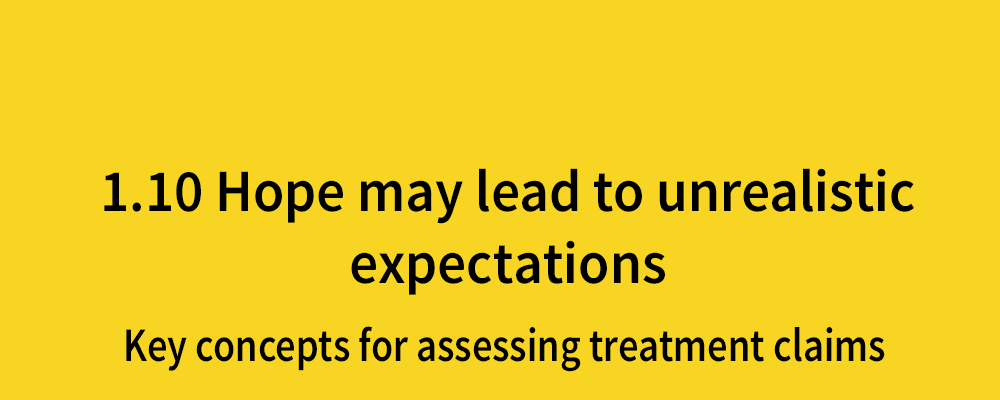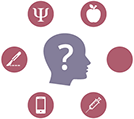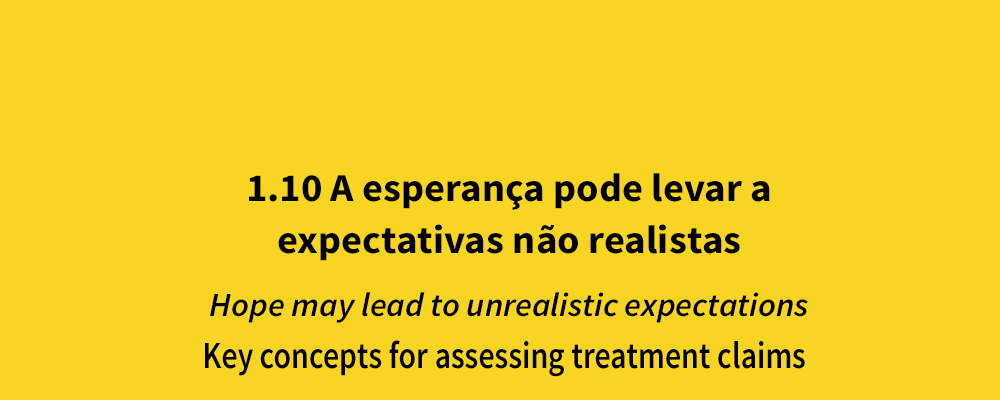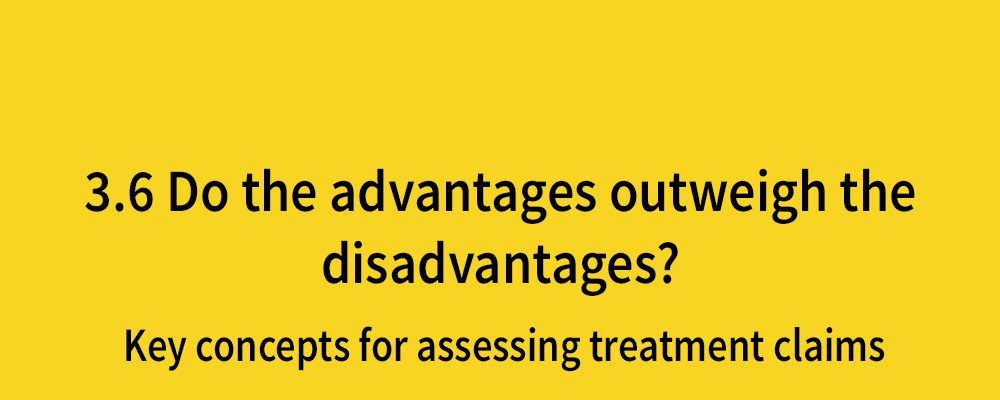Hope may lead to unrealistic expectations
Posted on 28th July 2017 by Sam Marks

This is the tenth blog in a series of 36 blogs based on a list of ‘Key Concepts’ developed by an Informed Health Choices project team. Each blog will explain one Key Concept that we need to understand to be able to assess treatment claims.
Hope can be a good thing…
When it comes to health, hope can be a good thing. One’s hopes, beliefs and positive expectations about a treatment may play a key role in the placebo effect, which Ben Goldacre (NHS Choices, 2010) sums up nicely here:
The placebo effect is the extraordinary phenomena of people getting better even when they’ve only had a dummy or a sham treatment. That can mean a sugar pill, but it can also mean sham ultrasound, where somebody holds a machine to your body, but doesn’t switch it on. Or even a fake operation, where somebody makes the incision, then just pretends to operate. And the fascinating and amazing thing is, it turns out when people get these fake, sham treatments, they often get better. What’s interesting about the placebo effect is that it shows the amazing power of the mind over the body… in a very real sense we really can make our pain better, we really can improve our own symptoms through our beliefs and expectations.
But hope isn’t always a good thing…
Hope may also lead to unrealistic expectations. Indeed research suggests that both patients and clinicians have a tendency to overestimate the benefits of treatments and underestimate their harms (Hoffman & Del Mar, 2015; 2017). As a result, the decisions we make about treatments may be misguided by (unrealistic) hope.
Sometimes individuals in need or desperation may hope treatments will work and assume that they will not do any harm. Additionally, people with vested interests may take advantage of individuals’ hopes and fears…
Hope can be used as a means of manipulation or control…
It’s important to be aware that those with vested interests may take advantage of individuals’ hopes and fears. Woloshin and Schwartz (2009) make this argument in relation to diagnostic screening:
Selling screening can be easy. Induce fear by exaggerating risk. Offer hope by exaggerating the benefit of screening. And don’t mention harms. It is especially easy with cancer – no diagnosis is more dreaded
This same argument can be applied to treatments too. Carers and patients, perhaps especially those with life-threatening or life-limiting conditions, can be immensely vulnerable. Their need to cling to hope may mean that they feel compelled to follow any treatment path offered to them. In such cases, are the ‘choices’ these patients make really choices at all?
In the worst cases, this can result in individuals wasting their time and money pursuing ineffective treatments, or worse still, treatments that may be harmful. Ben Goldacare (2010) wrote about a women who, desperate to treat her acne, took high doses of a banned substance, reassured by a traditional Chinese medical doctor that they were safe. She mistakenly placed her hope and trust in the treatment and the prescribing doctor. She subsequently lost both kidneys and had to have dialysis three times a week.
Hoping or assuming a treatment is safe and effective does not necessarily make it so.
Fair tests of treatments with hoped-for beneficial effects, and which are assumed to be harmless, can show that neither is true…
Even well-meaning practitioners can get it wrong. When prescribing treatments, the benefits we hope for, don’t always materialise. Generally, healthcare professionals prescribe treatments with the best of intentions, particularly when they may offer hope in a desperate situation.
For example, it was believed that ‘silent’ (sub-clinical) infection might trigger early labour and preterm delivery. As a result, doctors prescribed antibiotics for some pregnant women, hoping this might help to prolong pregnancy. No one thought this would cause serious problems. Indeed, there’s some evidence the women themselves were keen to have antibiotics – in the spirt of ‘let’s try this; it can’t do any harm’.
 However, when a fair test of this treatment was eventually done, the results were striking. No benefits were identified. Additionally, long-term follow-up of the babies in the study showed that those who had been exposed to antibiotics were more likely than those who had not been exposed to antibiotics to have cerebral palsy and problems with vision, walking and speech (Keynon, 2008a; 2008b).
However, when a fair test of this treatment was eventually done, the results were striking. No benefits were identified. Additionally, long-term follow-up of the babies in the study showed that those who had been exposed to antibiotics were more likely than those who had not been exposed to antibiotics to have cerebral palsy and problems with vision, walking and speech (Keynon, 2008a; 2008b).
This example is stark reminder: it’s important that we don’t just assume a treatment is beneficial or safe – or that it is worth whatever it costs – just because we hope that it might help. As always, we need to consider the evidence available to us.




